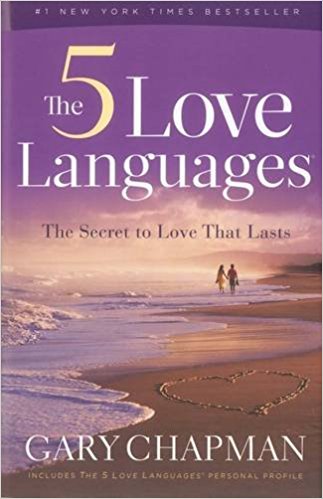Many of my colleagues who do therapy tend to shy away from couple’s work. Couples who come to therapy are often at each other’s throats, at their wits end, or want to salvage “what they used to have.”
Therapists who see individuals at times feel that trying to work with two people involved in hostile or dysfunctional relationships can just be a game of playing mediator.

They are right on many of those claims.
Couples work is definitely one of the most challenging segments of therapy but that is because a couple contains two people from two very different upbringings trying to mesh their lives together. Inherently there are problems. We grow up knowing the world to be one way and when we start to integrate our lives with friends and then romantic relationships, we learn that other people have other ways of doing things.
In previous blogs I have talked about expectations in relationships (which you can read here). Expectations play a huge role in my job every time I work with a couple.
Dr. Theresa DiDonato wrote about expectations in her article titled “Expectations Can Hurt Your Relationship.”
She focused her article around research conducted on the role of the four most important expectations in romantic relationships: connection, passion, destiny, and immediacy.
Connection speaks to intimacy levels and understanding between partners. Passion speaks to attraction and desire for the other person. Destiny speaks to your understanding of successful relationships and the work they take to happen. Lastly, immediacy speaks to an understanding of the pace of love and healthiness of relationships when they move too quickly or too slowly.
The most interesting piece of DiDonato’s article is its application to couples therapy.
DiDonato discusses the problem with not only these expectations, but all expectations in romantic relationships.
The problem is that expectations are less about what they are and more about whether or not your partner is meeting them. In my work, I have noticed that so many arguments stem from the idea that one partner has needs to be met, but the other partner is not meeting them because the other partner’s needs are in something else.
This is where the quiz comes into play…
The 5 Love Languages by Gary Chapman.

This is a book that has a supplemental online quiz. I was introduced to the book in my relational communication courses in grad school and fell in love with the concepts presented.
Yes, the title is cheesy.
Yes, a lot of the concepts in the book are cheesy too.
The bigger picture with the 5 Love Languages is that it addresses expectations on an intimacy level.
The “love languages” are essentially categories that you fall into based on your preference of receiving love.
The premise of the book is around that we learn ways of showing and receiving love throughout our lives. When we have romantic relationships, Chapman theorizes that we give love the way we prefer to receive love. Relationships become tricky because there are 5 ways to give and receive love and most of the time, our partners have different preferences.
By learning and understanding each other’s preferences, each partner can become more aware of the ways they can satisfy their partner’s needs. Typically, each person has a primary love language and a secondary love language.
So let’s look at the 5 Love Languages:
Words of affirmation- You show love by loving and affirmative words toward others. Compliments and sweet text messages throughout the day make you feel loved and cared for because words hold real value to you.
Quality time- You give others your undivided attention when you are with them or talking to them. It is less about the words used, but more about being with someone that shows love and value.
- Gifts- You feel the most loved when you receive something tangible to hold. Meaningful gifts show others that you care about them.
- Acts of service- You believe that actions are more powerful than words. You show love by doing small things like cleaning up or other little favors for your partner and having them do small favors for you makes you feel loved.
- Physical touch- You show love by a kiss on the cheek or a hug. You feel most loved and cared for when your partner reaches for your hand as you walk down the street.
Okay, so I think some of you may be thinking, “Well I like them all!”
Everyone in a relationship values all 5 of the love languages.
Chapman’s studies have shown, however, that there are specific ones on which we tend to place more value. Once you and your partner take the quiz, share your love language with each other. More times than not your partner’s highest love language will make perfect sense to you.
Even though you and your partner may have different love languages, it does not mean you are not meant to be.
It simply is a tool to become a better partner and to better understand your partner’s expectations.
Knowing that your partner’s primary love language is words of affirmation, send them a text during the day saying you are thinking about them. Do not stop doing other languages though. Still do small favors and give gifts if that is how you show love, but you now have an understanding of your partner’s expectations in love so you can fulfill their needs in a more meaningful way.
What are your primary and secondary love languages? Take the quiz and find out!



Share your thoughts